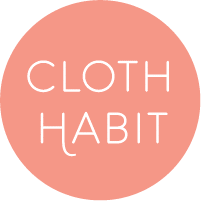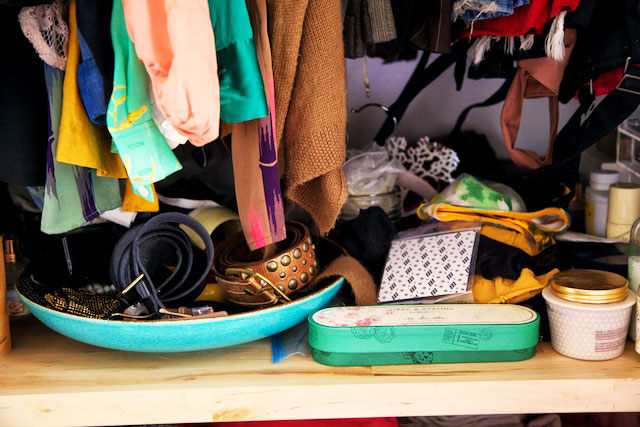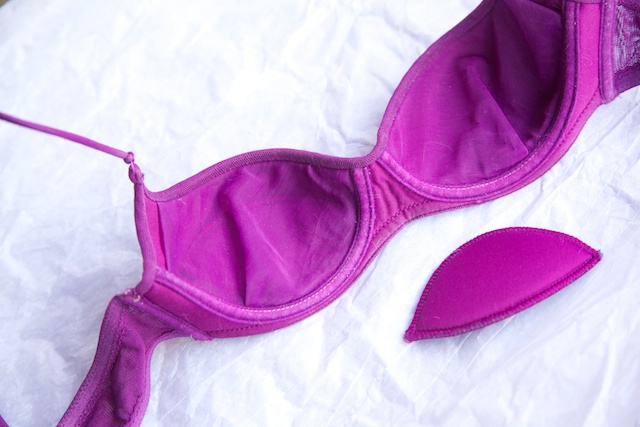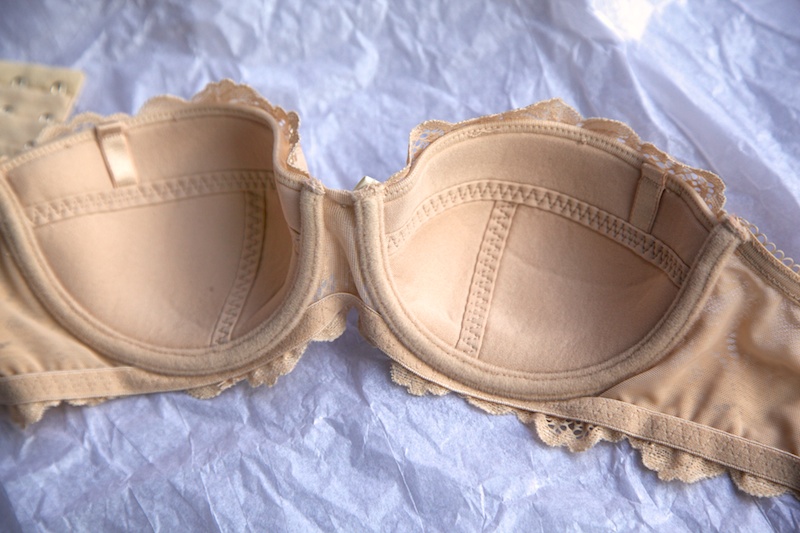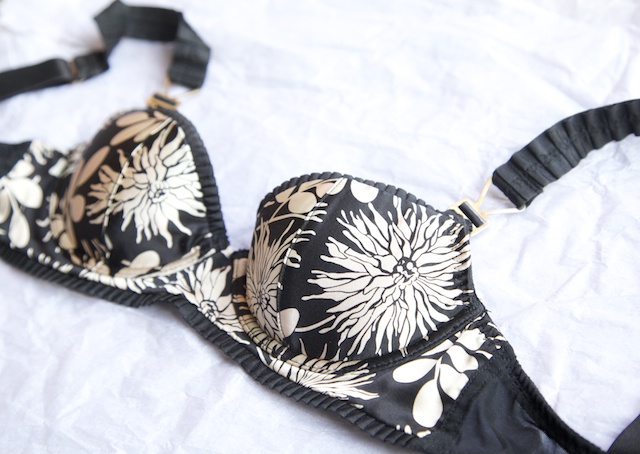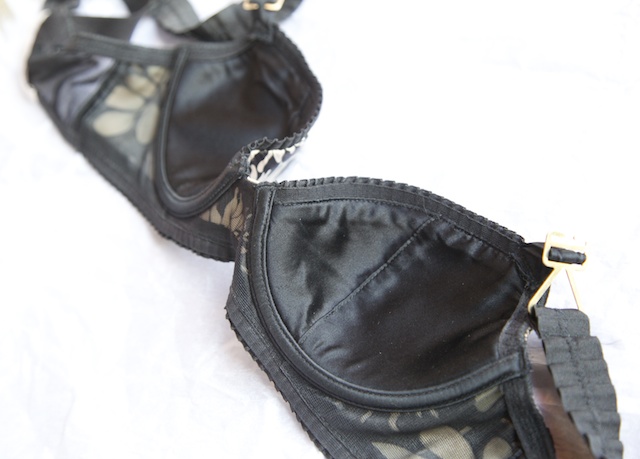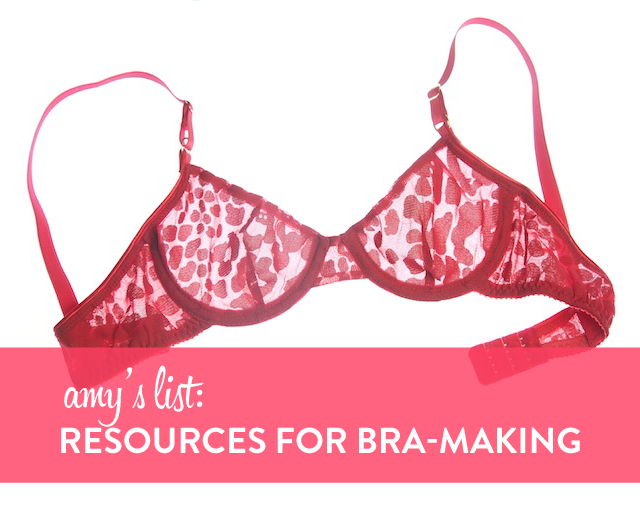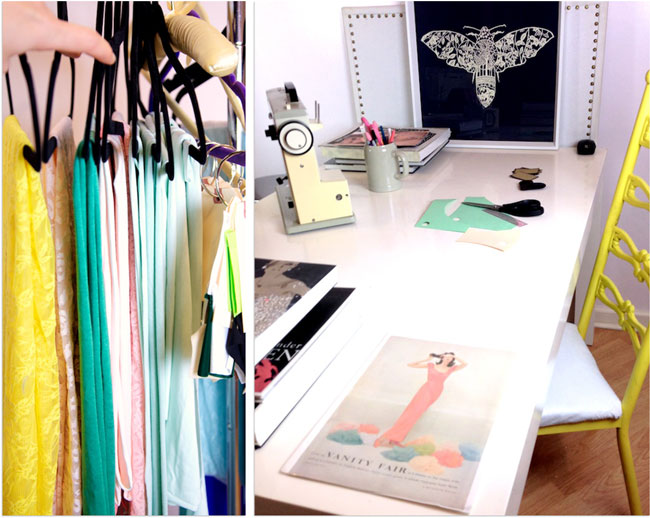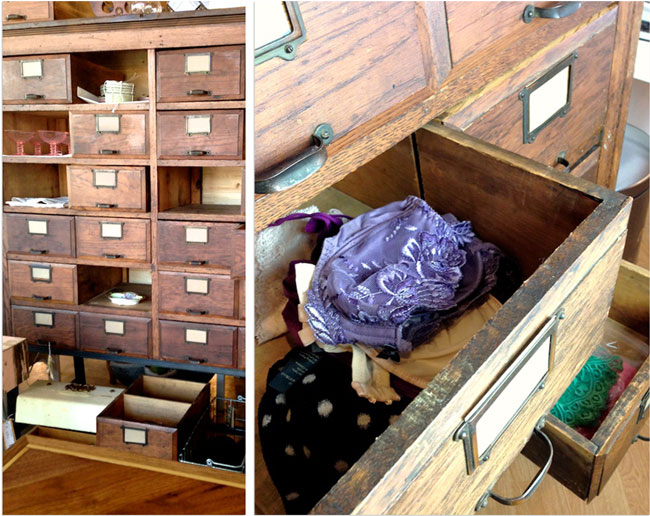This summer I have planned a few foam-lined bras for my wardrobe. One of these is going to be strapless style I can wear comfortably underneath my low-backed tops and dresses. Comfort being a key word, because I have never found a strapless that doesn’t make me squeam.
I like using foam linings when I want a supporting bra but also want to use an outside cup fabric that’s really light or stretchy. For example, I made these bras from rayon jersey scraps because I loved the print, and the foam gives them shape and support.

I’ve been promising a tutorial on these forever, so here we go! Over the next three posts, I’ll be sharing how I adapted a bra pattern for a foam lining, along with a few construction tips. Some of these techniques can also be used for making foam cups to insert into a swimsuit or bodysuit, too!
Today I’m going to cover materials…
Materials You Need
- bra pattern
- sheet foam, approximately 1/8 yard
- materials and notions for making one bra
- sheer or light tricot lining (optional, for making seam tape)
- manila folder, cardstock, or sturdy paper on which to re-trace some of your pattern pieces (avoid tissue–it is impossible on foam!)
Patterns: To follow along with these tutorials, you can use any underwired bra pattern that fits, provided the cups fit in non-stretch fabric and the bra is a full frame (aka full band) style. Frameless bras require slightly different pattern adaptations.
For cup fabrics, the world is your oyster. You can try a lycra/spandex type fabric, lace, any knit, or even something like a satin woven! For this tutorial I chose a blush stretch silk charmeuse, scraps of which were in my stash.
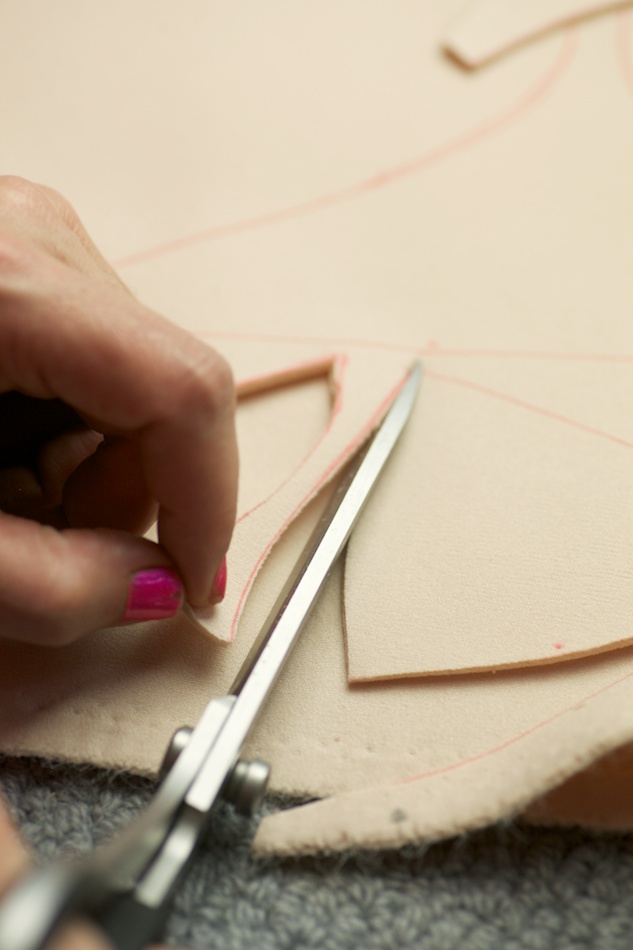
Where to Buy Foam
Sheet foam suitable for bra-making goes by a few different terms. These foams can have either a brushed or satin tricot finish on the outside. Sometimes they have some spandex/lycra content for a little bit of “give”. They can be anywhere from 2-5mm thick (usually around 1/8″), and some are spongier than others. I’ve sampled foams from four different retailers, and in my experience most of these them adapt to the body and eventually flatten a bit with wear.
Here’s where you can find them (links go to the page with sheet foam products):
- Bra-makers Supply: pre-finished foam padding, swim cup foam padding, polylaminate foam padding
- Make Bra: foam lining
- Fabric Depot Co.: look for “Tricot Bonded Poly Spacer” under the Bra Cups page
- Sewing Chest: bra foam padding, matte and sheen options
- Spandex House: spacer foam (see note below)
- Sew Sassy: poly laminate foam
- Sewy: regular foam and spacer foam (German only site)
- Spandex World: spacer foam (see note below)
Note: Both Spandex House and Spandex World sell several weights of spacer foam, not all of which may be suitable for a bra. I recommend getting a sample first (both are happy to send those).
Sew Sassy and Fabric Depot also sell a poly fiberfill fabric. These are a wadding bonded to a satin-y tricot, and offer many of the same benefits as sheet foam.
*Interesting factoid: Spacer foam is a distinct type of foam that looks and behaves a lot like laminate foam, but the foam is not heat laminated to tricot. The foam core and outer layer are knitted together on the same tricot machine, which allows for a more “breathable” foam. Some lingerie brands even market this technology in their bras.
Consider the Silhouette
If you have a bit of extra foam to play with, might want to sew up a trial cup in foam to see what shape it takes. I find this kind of fun, actually. The pattern may have a good fit and shape in softer fabrics but in foam the shape will be slightly different. Sometimes I even tape together a printer paper version of my cups to get a rough idea of the silhouette:

I added a second seam to the bottom piece of a two-piece cup for a rounder cup. Adding this seam is actually very easy!
Of course paper isn’t going to tell you everything but it’s still a good way to visualize in 3D. I also tape up a paper cup and hold it up to myself so I can see if my strap attachment point is located in a comfy place.
Tomorrow I’ll share my pattern adaptations and get started on the sewing!
p.s. Just in case anyone asks–this tutorial is not for a seamless bra or a push-up bra. There are many styles and techniques to foam bras so hopefully this tutorial will give you ideas you can experiment with!
See more posts in the series Make a Foam Cup Bra.
